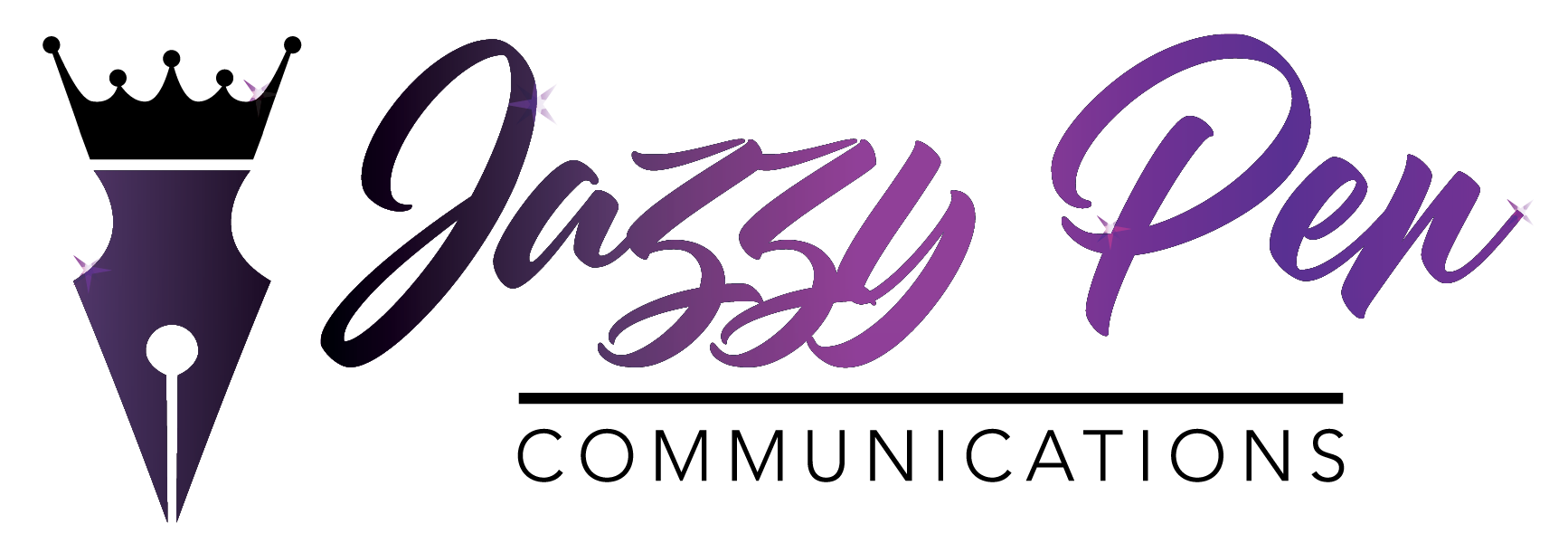 Let’s start with the facts, shall we?
Let’s start with the facts, shall we?
- The average buyer engages with 10 pieces of content before making a purchase [Google’s Zero Moment of Truth research]
- 88% of B2B marketers are using content marketing [2016 B2B Content Marketing Trends—North America: Content Marketing Institute/MarketingProfs]
- 76% of B2C marketers are using content marketing [Content Marketing Institute]
- Every minute users send 204 million email messages, making it the most popular way to share content [Domo]
The facts are mind-blowing.
What it all means is content marketing is the new marketing. It is in fact, one of the best ways to effectively market a business, attract customers, and convert prospects into paying clients.
According to the Content Marketing Institute, “Content marketing is a strategic marketing approach focused on creating and distributing valuable, relevant, and consistent content to attract and retain a clearly-defined audience — and, ultimately, to drive profitable customer action.”
They also define it as the “art of communicating with your customers and prospects without selling.”
I’ll break it down further like this: your prospects are looking for information before they buy. They are trying to solve a problem. The more helpful you are, the more likely they will turn to you for more help (buy your products or services) as opposed to your competitors. But you have to be credible, helpful and ultimately someone they want to have a relationship with.
Yep, content marketing at its core is about relationship building, folks. Today’s consumers want a relationship that starts with “dating” (getting to know you, reading information you provide) before ultimately going all the way to purchasing your services and becoming a loyal evangelist of your brand.
As an example, let’s say you help people or business owners do their taxes. Throughout the year you publish posts on your blog about tax updates, how to find write-offs, innovative apps that help you track expenses, etc.
Someone looking for answers to a tax question stumbles across your blog. While there, they read more of your posts. They might be frustrated with figuring out their taxes and call you to do it (BINGO!) or at least they keep you in mind for next time. Better yet, they opt-in to your subscriber list and now you will be “top of mind” as they regularly receive your amazing content in their inbox!
That was the breakdown, now let’s talk tactics.
Content Marketing Tactics are types of content to include in your marketing mix. Research shows that companies are using at least 13 different tactics. For small businesses and solopreneurs, I recommend starting with four and adding as you have bandwidth. Some popular tactics are as follows:
- Webinars
- Social media content
- In-person events
- ebooks
- Videos
- Blogs
- enewsletters
- White papers
- Case studies
- Podcasts
- Infographics
So much information out there showcases the huge corporations who are capitalizing on content marketing, but how can a small business or solopreneur use content marketing?
Step 1: Start with a strategy. In my opinion, it’s like a business plan for your content marketing. This involves knowing your ideal clients and customers, what their needs are and how you engage them in the buying journey. It is identifying goals for your content and which tactics will work best and which you can reasonably and effectively implement.
Step 2: Create a blog for your business. Why a blog? It’s the epicenter for your content. The beauty of a blog is twofold: it’s relatively easy to do (especially on a budget) and with awesome content, a blog drives traffic to your site. It stands to reason that the more traffic you get the more interest is piqued, leading to an invitation to keep in touch
Step 3: Use email marketing. This is your Holy Grail. According to the Direct Marketing Association, email marketing yields a ROI of 4300%. Email is the main way to engage with prospects regularly. The key is to create an opt-in and build your list. You then send regular communications, inviting readers to check out your blog posts and sometimes (see next step) you’re including calls to action to buy.
Step 4: Implement the 80/20 rules.
One rule states that 80% of your content should be valuable content designed to educate, entertain, and/or inform your target audience. 20% of your content should be sales related. It’s important to strike this balance. If your content is always salesy, you will strike out.
Another rule states that 20% of your time should be devoted to creating content while 80% should be devoted to distributing it. The goal here is to have your content be found! (Tip: Use social media to distribute your content. B2B companies find LinkedIn to be most effective while B2C companies find Facebook most effective.)
Step 5: Start small and be consistent.
For small business owners, content marketing can seem overwhelming. But the key is to start small. Commit to creating one piece of content per week, for example. Develop a regular schedule. Your prospects will come to see you as a reliable and trustworthy source of information. And soon you’ll be cashing in on your content.
Got specific questions about content marketing and your small business? Contact Jazzy Pen. We’re happy to help.

